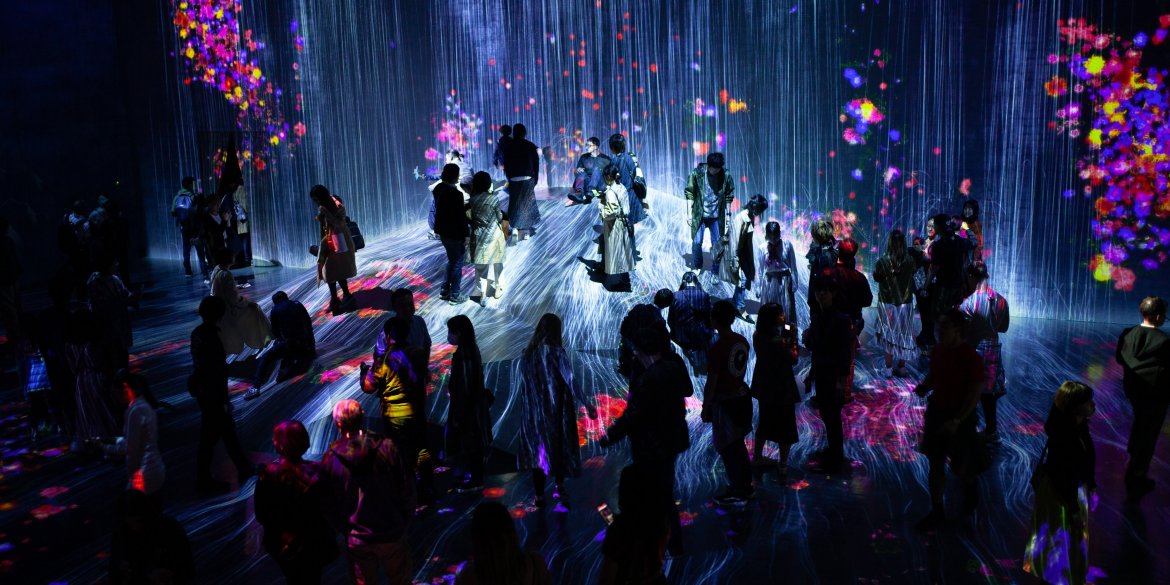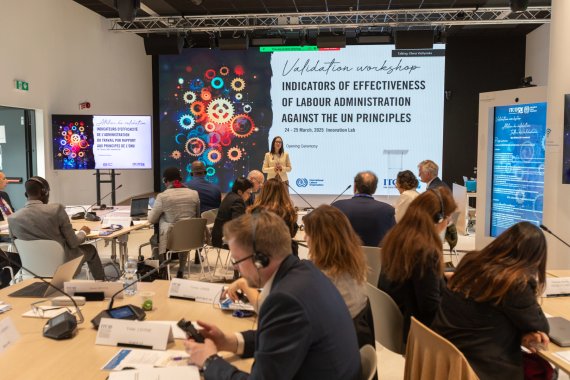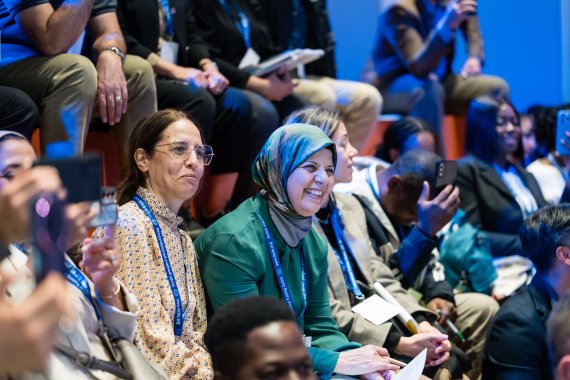Holograms are getting real
Holograms are getting real
A new technology could enable the creation of holograms for virtual reality, 3D printing, and more — and it could revolutionize learning
14 April 2021

It seems like an April Fool’s joke: Holograms are coming for your classrooms. For us, though, it’s starting to look like reality. In the wake of the COVID-19 crisis and during the global push toward online learning, we’ve scaled up our virtual reality activities and now are looking for the next step. We’ve already started experimenting with mixed reality.
Mixed reality is when real and virtual worlds collide, producing a new environment in which physical and digital objects coexist. Holograms, one form of mixed reality, could potentially revolutionize adult learning as we know it.
What are holograms, really?
You can enhance your learning and collaboration activities through projections, either of yourself or your learning content. For example, you could participate in a meeting using a 3D projection of your body. Alternatively, you could deliver a presentation using 3D learning content, especially ones that are complex or otherwise too difficult to present in real life.
Staff and participants will experiment with this new technology in the ITCILO’s Learning Innovation Lab, scheduled to open in 2022. Get a preview during this year's Innovation Day, 5 October 2021.
Holographic stage projections come close to a “holodeck” experience, where you teleport people and learning content. Realities are mixing, and these blends that are made possible through technology will influence our learning and knowledge sharing environments to a big extent.
Andreas Klemmer
Director of Training, ITCILO
Through the hololens
The ITCILO is currently experimenting with Microsoft Hololens. The device, originally tested by the team in a VR lab in Bologna in 2019, uses sensors, optics, and holographic processing to create a mixed reality learning experience.
The result? Virtual elements that blend with the real world, or even simulate a fully immersive virtual world.
What it means for the ITCILO
Throughout the past pandemic-addled year, we’ve come up with new solutions and accelerated innovation.
We started our initial experiments in 2015, and gradually new elements have become part of our overall VR ecosystem.
Tom Wambeke
Chief of Learning Innovation, ITCILO
Interested in more VR solutions?
Read more stories about our work in augmented and virtual reality:


